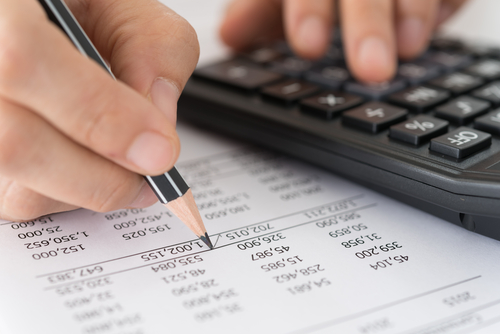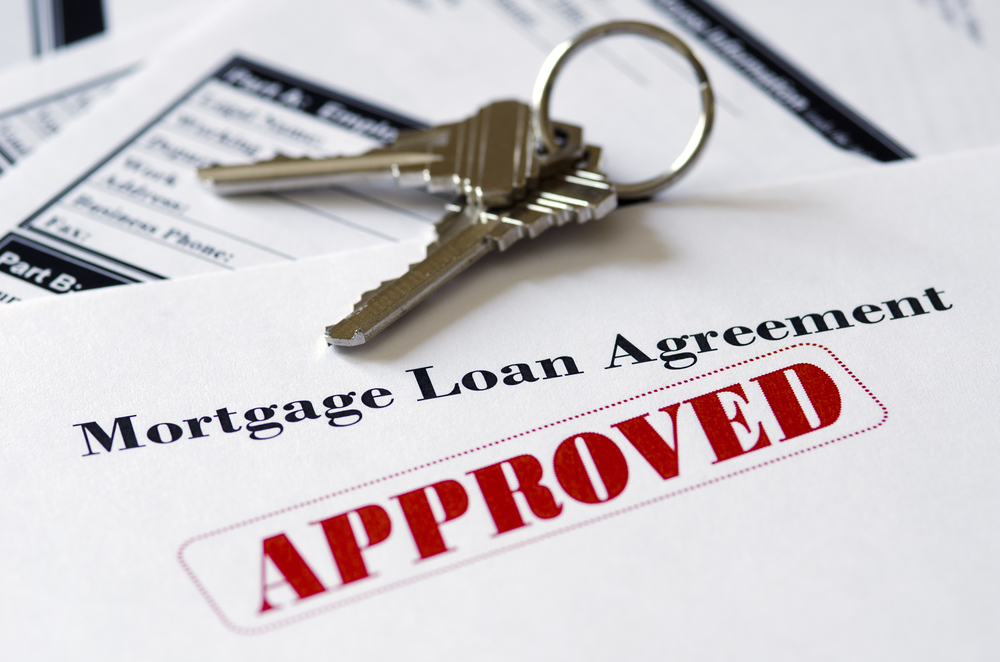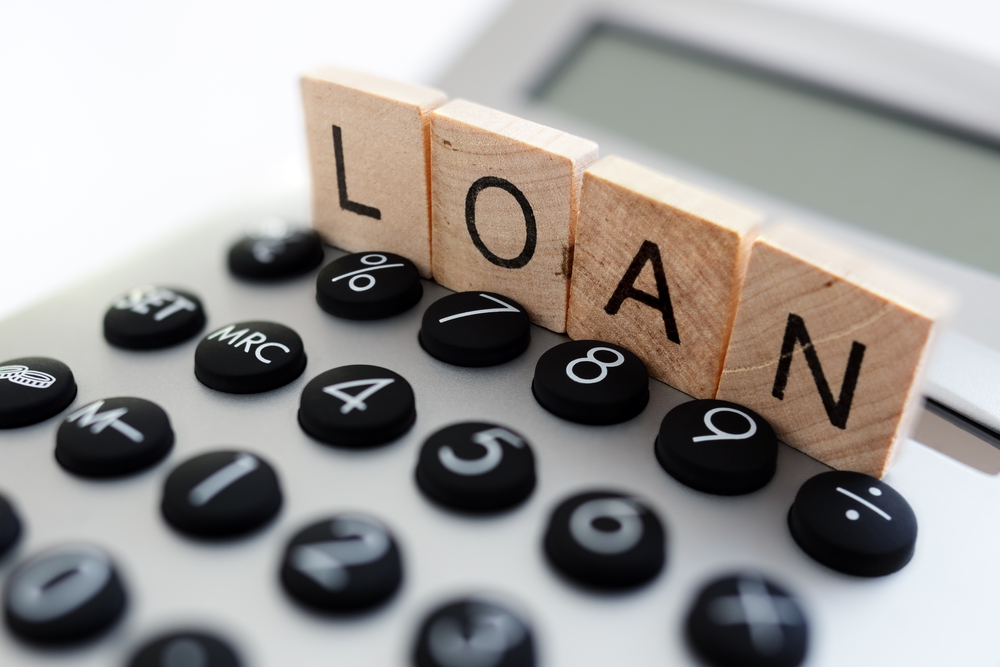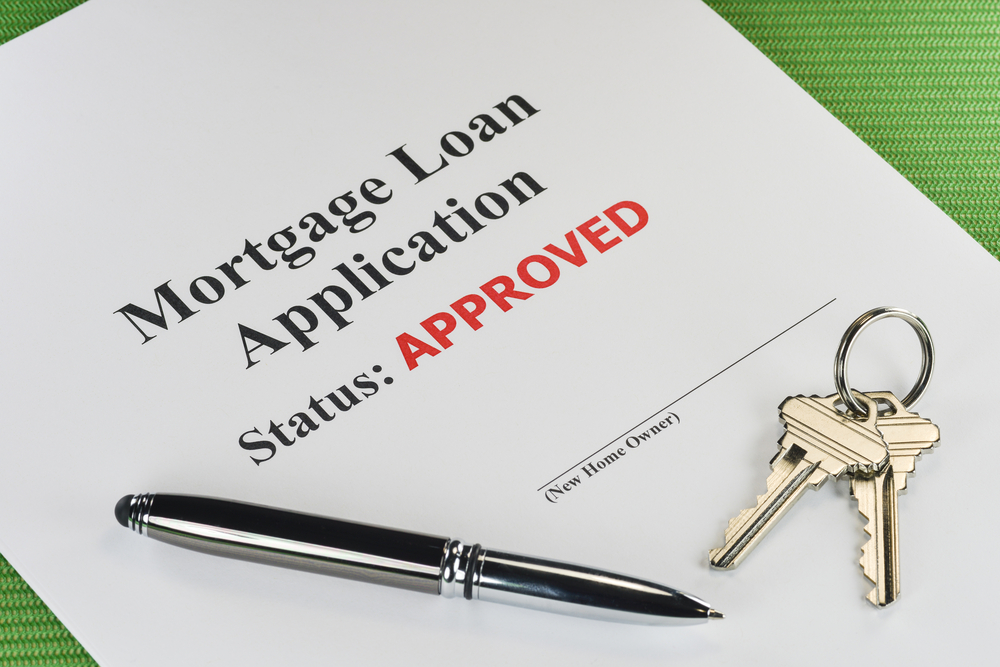Being self-employed has its advantages and disadvantages. On one hand, you can control your schedule and income. But on the other hand, your income may fluctuate from month-to-month, which can make it harder to get financing.
Since you don’t receive a W-2 or paycheck from an employer, getting a mortgage is especially challenging. You’ll undergo a stricter underwriting process, and your lender may request more documentation to assess the stability of your income.
But despite tougher guidelines, thousands of self-employed people have qualified for home loans. The key is understanding how lenders verify income for self-employed borrowers.
1. Lenders rely primarily on tax returns
If you are self-employed, it’s important that you file a tax return every year. When applying for a mortgage – or any type of loan – the lender will need to see 12 to 24 months of tax returns. Two year’s worth is typical, and these returns must show income that remains the same, or increases for two consecutive years.
It’s important that you provide the lender with all schedules. Be mindful that write-offs can reduce your income on paper. Business expenses lower your taxable income and reduce how much you owe the federal and state government—which is financially beneficial. But unfortunately, deductions also decrease your qualifying amount for a mortgage.
The good news is that mortgage lenders can add some deductions back to your income, which helps you qualify for a larger mortgage. These might include car mileage deduction and depreciation of assets.
If you’re thinking about applying for a home in the near future, consider limiting your number of write-offs for two years prior to getting the loan.
2. Lenders will examine your bank statements
Anyone who applies for a mortgage loan will need to provide their lender with two month’s worth of bank statements. Lenders use bank statements to determine whether a borrower has enough in their savings account to pay a down payment and closing costs.
As a self-employed borrower, a sizable savings account serves to your benefit. When your application goes through underwriting, the underwriter might scrutinize your file to ensure enough assets. He’ll check to see whether you have funds for mortgage-related expenses, and he may review your accounts to see if you’ll funds left in reserve after closing on the home loan.
Since you’re self-employed and don’t qualify for unemployment compensation, a sizable reserve can put a lender at ease and make it easier to get a mortgage. If you have a bad month business-wise, you can fall back on funds in your savings account and pay the mortgage.
3. Lenders may request a year-to-date Profit and Loss statement
Employees who apply for a mortgage give their lenders copies of their tax returns, and copies of their most recent paycheck stubs. Since you don’t receive a paycheck stub, the lender may request a year-to-date Profit and Loss statement.
This statement is generally only required if you apply for a home loan after the first quarter of the year. The lender uses this information to make sure your income hasn’t decreased since filing the previous year’s tax return. This extra document isn’t required by all lenders. If your lender requires an up-to-date income record and you don’t have a Profit and Loss statement, the lender might accept bank statements. The underwriter reviews the most recent monthly deposits to see if they match up with your stated income.








